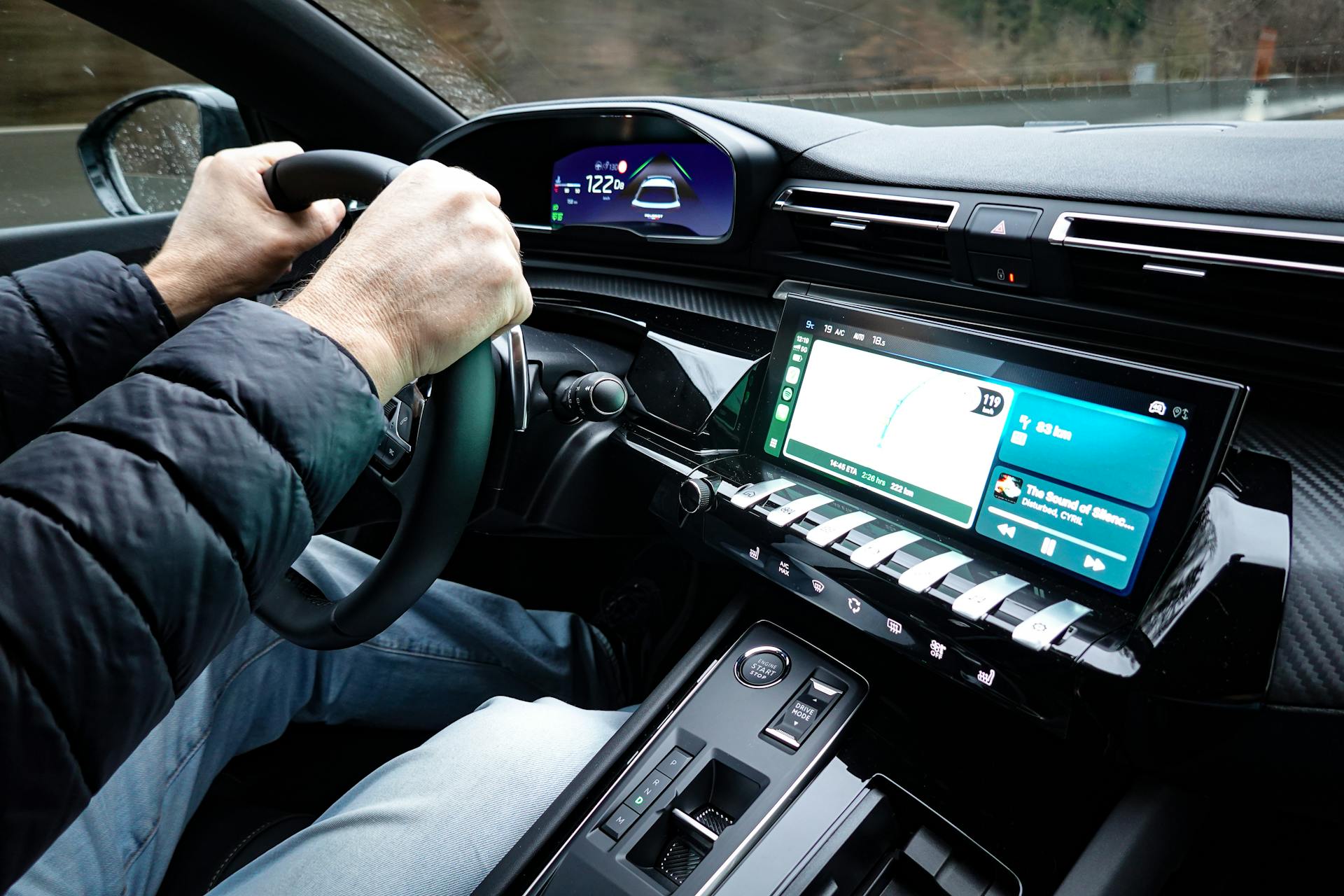Electric and hybrid vehicles accounted for 43 per cent of all cars imported into the European Union in 2024, marking a one percentage point decrease compared with 2023, according to data released by Eurostat.
At the same time, 28 per cent of all cars exported from the EU were either electric or hybrid, representing a one percentage point increase from the previous year.
Eurostat highlighted that the share of such vehicles in overall trade has grown substantially since 2017, when electric and hybrid cars made up only 8 per cent of EU imports and 2 per cent of exports.
In 2024, fully electric cars accounted for 16 per cent of EU car imports and 12 per cent of exports, compared with just 1 per cent and 0.8 per cent respectively in 2017.
Plug-in hybrid vehicles represented 6 per cent of imports and 5 per cent of exports, up from 0.6 per cent and 1 per cent in 2017, while non-plug-in hybrids made up 21 per cent of imports and 11 per cent of exports, compared with 6 per cent and 0.4 per cent seven years earlier.
The EU spent €42.4 billion on electric and hybrid car imports from non-EU countries in 2024, which marked a 12 per cent decline from €48.3 billion in 2023.
Meanwhile, exports of the same vehicle categories to markets outside the EU fell by 8 per cent, totalling €57.3 billion compared with €62.5 billion the previous year.
Eurostat’s data also showed that electric and hybrid cars accounted for nearly one third of all cars produced in the EU in 2024, underscoring the bloc’s accelerating shift toward cleaner technologies.
Out of a total of 12.1 million cars produced across the EU, about 3.9 million were either hybrid or electric, slightly above the 3.8 million recorded in 2023.
Within this total, 13 per cent of EU car production consisted of fully electric models, while 6 per cent were plug-in hybrids and 13 per cent non-plug-in hybrids.
The overall value of EU car production stood at €322 billion in 2024, down from €337 billion a year earlier.
Among electric and hybrid models, electric cars held the highest production value at €57 billion, although this represented a drop from €66 billion in 2023.
Non-plug-in hybrid cars followed with €36 billion, up from €34 billion the previous year, while plug-in hybrids reached €29 billion, rising from €24 billion in 2023.
In terms of share of total production value, electric cars represented 18 per cent, while non-plug-in hybrids and plug-in hybrids accounted for 11 per cent and 9 per cent, respectively.
Eurostat also identified China as the EU’s top import partner for electric vehicles, supplying 55 per cent of all electric car imports.
South Korea ranked second with 16 per cent, while Japan and the United States each accounted for 9 per cent.
On the export side, the United Kingdom remained the leading destination for EU electric cars, absorbing 31 per cent of total exports, followed by the United States with 23 per cent and Norway with 11 per cent.







Click here to change your cookie preferences